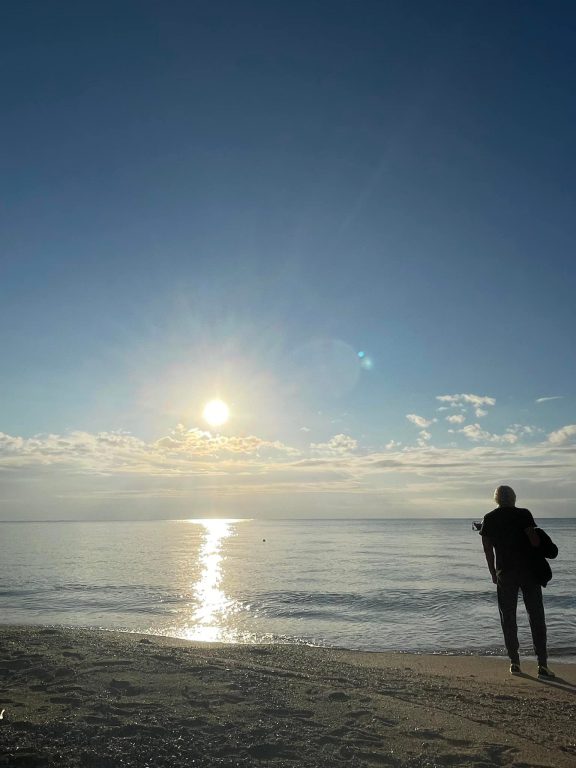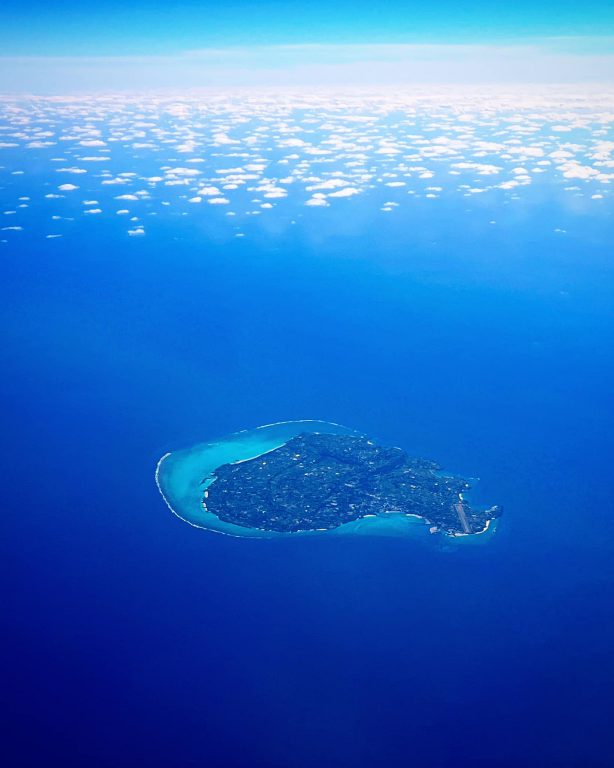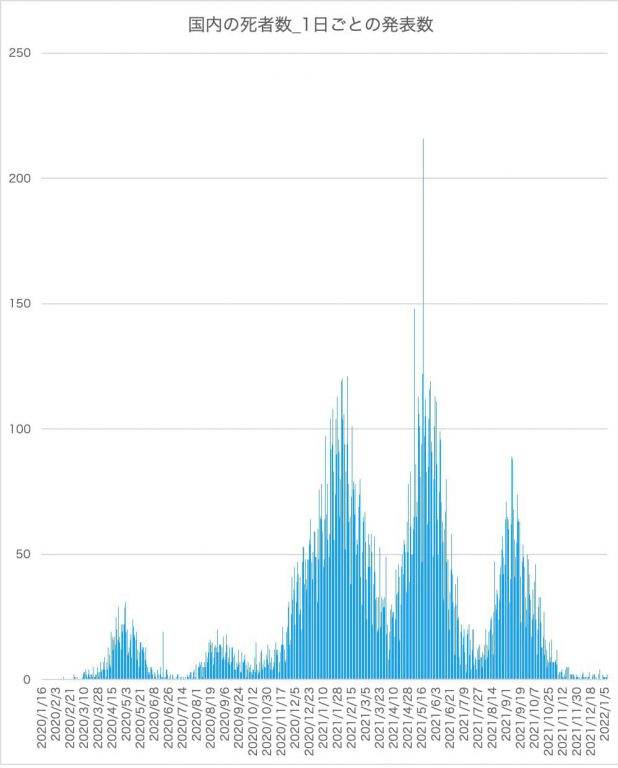Wiz Corona Thinking: The Day Omicron Becomes a Cold

When I am in Okinawa, my friends in Japan (mainland) ask me, “Omicron, are you okay?” I am worried about them. I am grateful for that. (I am back in Tokyo now.)
The spread from Camp Hansen (Kinmu-cho, Kunigami-gun, Okinawa Prefecture) is a cause for concern in “Okinawa. However, it is 55.2 kilometers from Kincho to Tamaki, Nanjo City, where I am located. (According to Google Maps) That distance is about 45 km from Roppongi to Hachioji in Tokyo, so I can go farther than that. Furthermore, if you compare the population density, the 23 wards of Tokyo = 15,450 people/km2, while Okinawa = 642 people/km2, which is only 4% of the population.
… So, as a matter of fact, it is hundreds of times more dangerous to be in the 23 wards.
The influenza epidemic of 1918-1920, known as the Spanish flu, came in three waves over a three-year period. The first wave infected 21.17 million people in Japan, the second wave 2.41 million, and the third wave 220,000, with the number of infected people decreasing by a factor of 10. And finally, both the severity and mortality rates dropped dramatically and it became a common cold.
* Incidentally, the Japanese population at that time was 54.73 million.
I made a graph of the number of deaths in Corona. (First time in decades I’ve made a graph in excel)
Currently known as the 6th Wave. With the change from Delta to Omicron strains and the increase in vaccination rates for Wantin, there has been almost no increase in deaths. 3,325 flu deaths in 2018. 3,414 corona deaths in 2020. The number of flu deaths has dramatically disappeared, so the number of flu deaths is about the same compared to the number of pre-Corona flu deaths.
In fact, the following observations have been made.
– Omicron strain “close to influenza” Corona expert meeting in Okinawa:Asahi Shimbun Digital
Is it really necessary to take excessive waterfront measures and conventional mumbo jumbo measures? Fortunately, Japan has a much lower number of infected people and deaths than other countries. We should take flexible measures that are in line with current facts.
If these measures are more a reaction to the measures for the summer Upper House election and the sharp drop in the approval rating of the Kan Cabinet than a necessity, then this should be reviewed, as well as public awareness.
No, rather, in terms of the effective power of the administration, I would like to see proper data showing how emergency care has improved since the 5th wave, based on the number of beds available and reflections on leaving people at home, and to explain the effects of these improvements.
I would like to have a date set for declaring this as a cold in the context of a situation where a medicine to take is available. (Should give a benchmark, like declaring the end of the rainy season)







